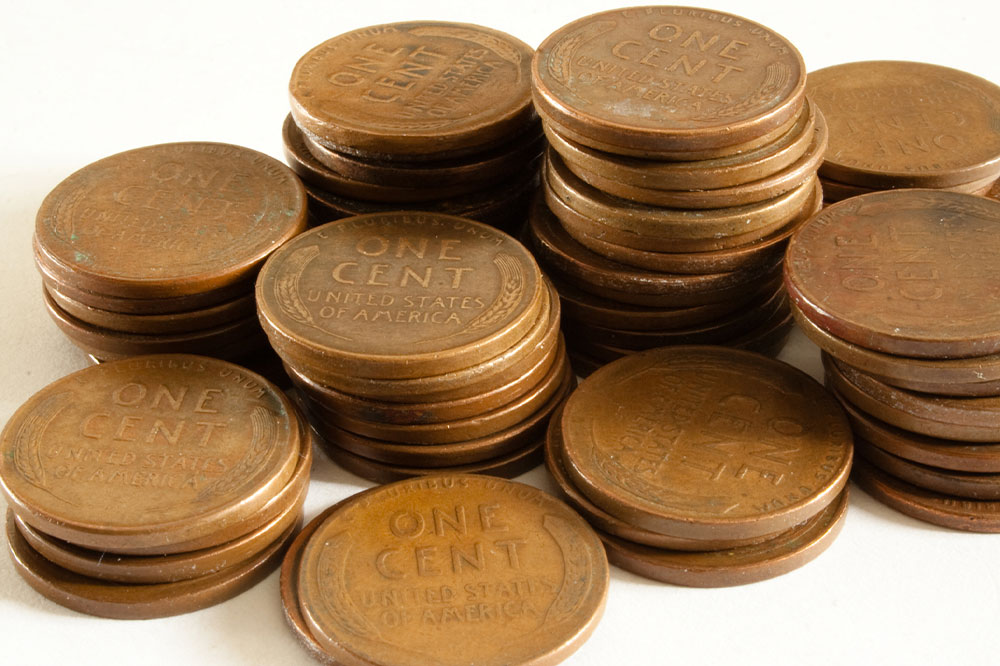Valuable Coins in Argentina: A Collector’s Treasure Trove
Coin collecting, or numismatics, has fascinated enthusiasts around the world for centuries. For collectors, each coin tells a unique story of history, culture, and artistry. Among the many countries that produce coins, Argentina stands out with a rich and diverse numismatic history. This article explores some of the most valuable coins in Argentina, illustrating their significance and why they are prized among collectors.
History and Background of Argentine Coins
The history of Argentine coins dates back to the colonial period when the region was part of the Spanish Empire.

Initially, the Argentine peso served as the primary currency, subdivided into 100 centavos. Over the years, the design, material, and denominations of the coins have evolved, reflecting the nation’s changing economic conditions and historical milestones. Today, the numismatic landscape of Argentina is rich with coins that hold significant value for collectors, not only for their monetary worth but also for their historical and cultural resonance.
Significant and Valuable Argentine Coins
The 8 Reales Coin
One of the most iconic coins from the colonial period is the 8 Reales coin. Often referred to as the “Spanish dollar” or “piece of eight,” this silver coin was minted in the Americas, including the region that would become Argentina. The 8 Reales coin became popular due to its consistent silver content and widespread acceptance in international trade. Collectors prize these coins for their historical significance and the intricate design featuring the Spanish coat of arms.
The Peso Moneda Nacional
Introduced in 1881, the Peso Moneda Nacional marked an important shift in Argentina’s numismatic history. The coins came in silver and gold varieties, with the gold coins often fetching higher values among collectors. The 1881 gold Argentino, weighing 8.0645 grams of pure gold, featuring the Liberty head design, is particularly desirable. These coins are not just valuable due to their precious metal content but also because they symbolize Argentina’s effort to establish a stable national currency post-independence.
The Eva Perón 5 Pesos Coin
In the mid-20th century, Argentina issued a range of coins featuring prominent figures, including one person who holds a special place in Argentine history—Eva Perón. The Eva Perón 5 Pesos coin, minted in 1952, commemorates the first lady and social advocate. Collectors highly value these coins for their connection to an iconic figure and the emotional and historical significance tied to her legacy. The coin’s unique design, depicting Perón’s profile, further adds to its collectibility.
The Bicentennial Coins
To celebrate Argentina’s bicentennial in 2010, a series of commemorative coins were issued. These coins, produced in limited quantities, mark the 200th anniversary of the May Revolution, a pivotal event leading to Argentina’s independence. The Bicentennial 2 Pesos Coin, made from silver with intricate designs representing national symbols, is sought after by collectors for its modern relevance and limited mintage. The bicentennial coins represent a bridge between the past and the present, offering a tangible piece of contemporary Argentine history.
Rare Coins: Error and Misprint Coins
Like many countries, Argentina has produced a number of coins with minting errors and misprints. These error coins are particularly intriguing to collectors due to their rarity. For instance, the 1974 1 Peso Coin has varieties with different edge inscriptions, some mistakenly minted without the intended decorative features. These coins often fetch higher prices at auctions because they represent unique instances of human error during production, thus adding an element of rarity to their value.
Factors Influencing Coin Value
Several factors determine the value of Argentine coins:
1. Rarity: Coins minted in limited quantities or those that have survived in fewer numbers are generally more valuable.
2. Condition (Grade): The physical state of a coin—whether it’s well-preserved, has its original luster, and is free from wear—greatly affects its value. Higher-grade coins are usually valued higher.
3. Historical Significance: Coins associated with significant historical events or figures tend to be more valuable.
4. Material (Composition): Coins made of precious metals like gold and silver have inherent value based on their metal content.
5. Demand: The popularity and demand among collectors for certain coins can drive up their market prices.
The coins of Argentina provide a fascinating window into the nation’s rich history and cultural heritage. From the colonial 8 Reales to the commemorative bicentennial issues, each coin tells a unique story, making them highly valuable to both historians and collectors. Whether you are a seasoned numismatist or a beginner, exploring Argentine coins can be a rewarding journey, offering insights into the country’s past and the artistry involved in minting these miniature works of art.
With a diverse array of coins spanning centuries, Argentine numismatics continues to captivate and delight collectors worldwide. Whether valued for their rarity, historical significance, or craftsmanship, these coins are treasured pieces of Argentina’s rich heritage.




